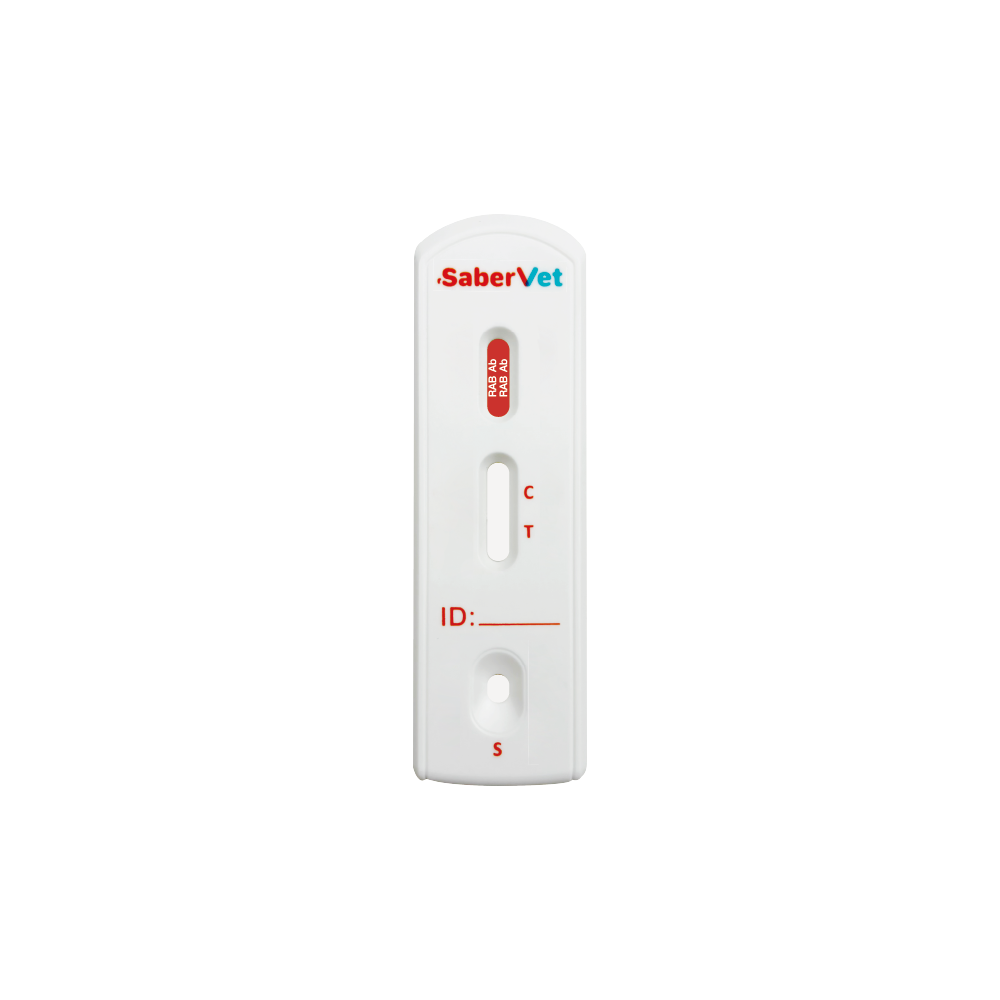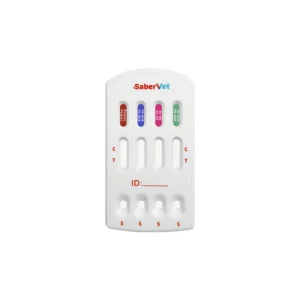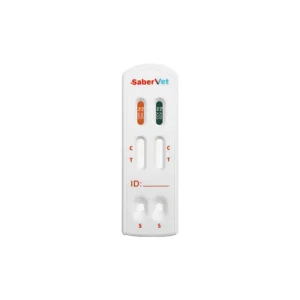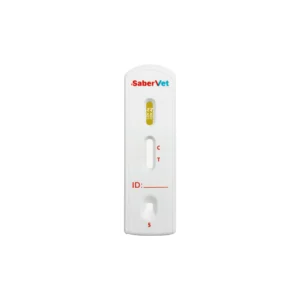Description
Rabies is a kind of acute encephalitis caused by rabies virus infection, the main clinical manifestations of acute infection symptoms of the central nervous system, the death rate is almost as high as 100%.
Clinical symptoms and pathological changes of rabies
The incubation period of canine rabies is about 2~8 weeks, and the performance time of the relevant symptoms has a close relationship with the site of infection, and the closer the site of infection is to the brain, the faster the symptoms appear. Sick dogs often show walking back and forth, ears up, biting at intervals, strong reflex excitability, and more sensitive to any external sound, with a big or small appetite, accompanied by a rise in body temperature and other symptoms.
After 2~4 days, the sick dog's appetite decreases significantly, abnormal excitement or abnormal depression symptoms appear, there is high aggressiveness to the surrounding things, gnawing and biting, and blurred consciousness. With the gradual prolongation of the disease time, the sick dog will enter the paralysis stage, lying on the ground, and eventually suffocated to death.
The autopsy of the dead dog reveals that its throat is seriously congested, and other organs are also congested to varying degrees. The diagnosis of the disease is mainly based on the clinical symptoms, medical history and laboratory test results of the sick dog.
Significance of prevention and control of canine rabies
While pets add a lot of fun to people's lives, they also cause some social problems. The phenomenon of canine injuries occurs frequently, and even rabies deaths, which has a negative impact on social stability. Rabies is a lethal almost 100% zoonotic disease, humans and livestock are susceptible to infection by bites or ingestion of water and feed contaminated with rabies virus, and the mortality rate is close to 100%.
If we strengthen the management of dogs and pay attention to rabies immunisation, we can form an effective immune barrier and reduce the probability of rabies. Prevention and control of rabies is one of the most effective means of immunisation vaccination, only to ensure the health of the dog, in order to avoid endangering the health of human beings, scientific prolongation of the use of dogs, and to promote the harmonious coexistence of people and dogs.
Prevention and control measures
Build a long-term mechanism for animal epidemic prevention. Large-scale immunisation of dogs against rabies virus is an extremely humane and economical preventive and control measure, which can not only effectively control the spread of rabies virus, but also greatly reduce the probability of human being being infected with rabies virus, which is very suitable for the prevention and control of rabies disease.
WHO Expert Committee on Rabies has already appealed to all parts of the world: in the face of rabies, we must, without hesitation, change our energy from treatment after exposure to rabies to prevention of rabies. treatment after exposure to the prevention and control of rabies.
Effective surveillance and diagnosis. Animal epidemic prevention departments and health epidemic prevention departments should do a good job of monitoring and reporting dog injuries, animal injuries and rabies outbreaks. Areas where rabies outbreaks occur, special attention should be paid to rabies virus testing, antibody level monitoring after canine immunisation, clinical diagnosis and epidemiological investigation to ensure the scientific nature of the diagnosis.
Rabies Antibody Rapid Test
Antigenne has developed a Rabies Antibody Rapid Test in blood samples, which is a faster and more convenient way of testing, and provides an effective means for users to do a good job of rabies virus prevention and monitoring the effect of vaccination.








